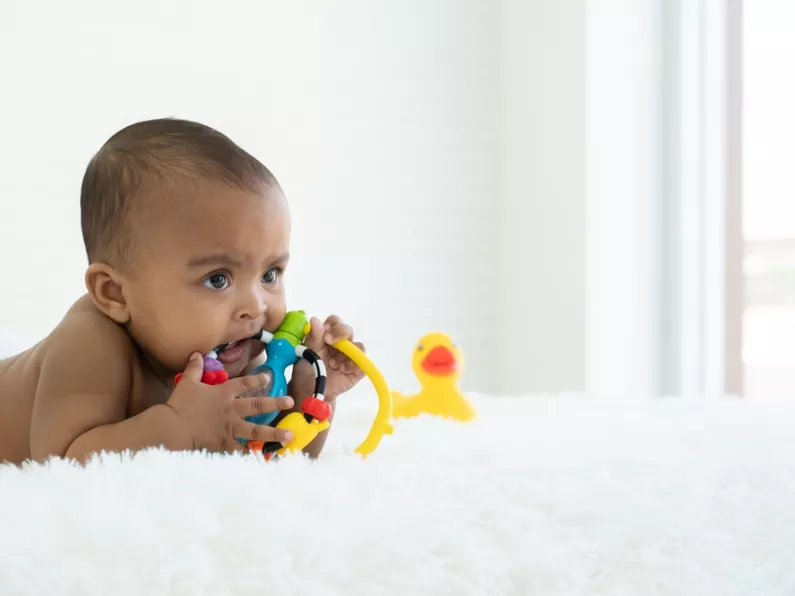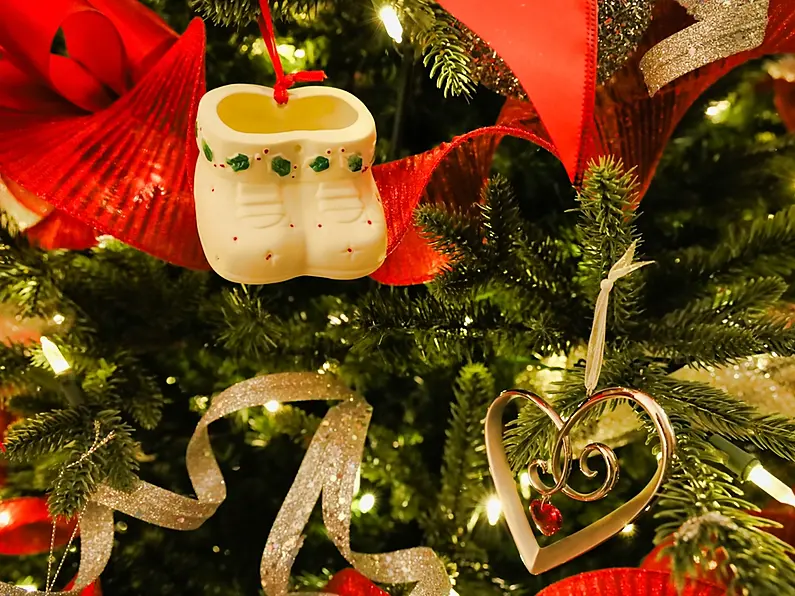This guide to teething: signs, symptoms and reliefs could save your sanity as a parent!
Although for some babies it passes off without much drama, the dreaded teething time is generally an uncomfortable and unsettled period for your little one - and frustrating and exhausting for you both.
Growing up, I saw my grandmother rub whiskey on my cousin’s gums while they were babies, and I couldn’t help but think, is this even right?
While there are many myths about children's teething, it is important to know what is safe and what works.
Teething: signs, symptoms and reliefs
- Your child becomes fussy and cries almost all the time.
- Biting on everything; your nipple while breastfeeding, putting their finger in their mouth, biting on the pacifier
- Refuses to eat and, in some cases, has a high fever.
- Many believe that excessive saliva can cause diarrhea, but it is also important to check with your pediatrician to rule out any underlying conditions.
- Sticks their tongue out of their mouth in an attempt rub their gums.
- Drooling is one of the first notable signs of teething in babies.
Teething pain relief
While some people prefer over-the-counter reliefs for teething, natural remedies include:
- Teething toys: There are several teething toys on the market, like hard rubber teething rings or ones filled with liquid.
- Mesh feeder: Filling the feeder with frozen fruit may also bring relief to your baby.
- Nibbling blanket: Ensure it is clean and dipping it in cold water also works better.
- Solid foods: Like a plain slice of bread, a frozen banana in a chewer, or a carrot can offer teething relief.
- A teething rush: Teething rashes are common, so use a barrier cream on the baby’s chin to protect them.
- Teething gel: Consider over-the-counter gels or speak to your doctor about a prescription and you can use your clean finger to rub the gel into your baby's gums. Even better if you keep the gel in the fridge.







